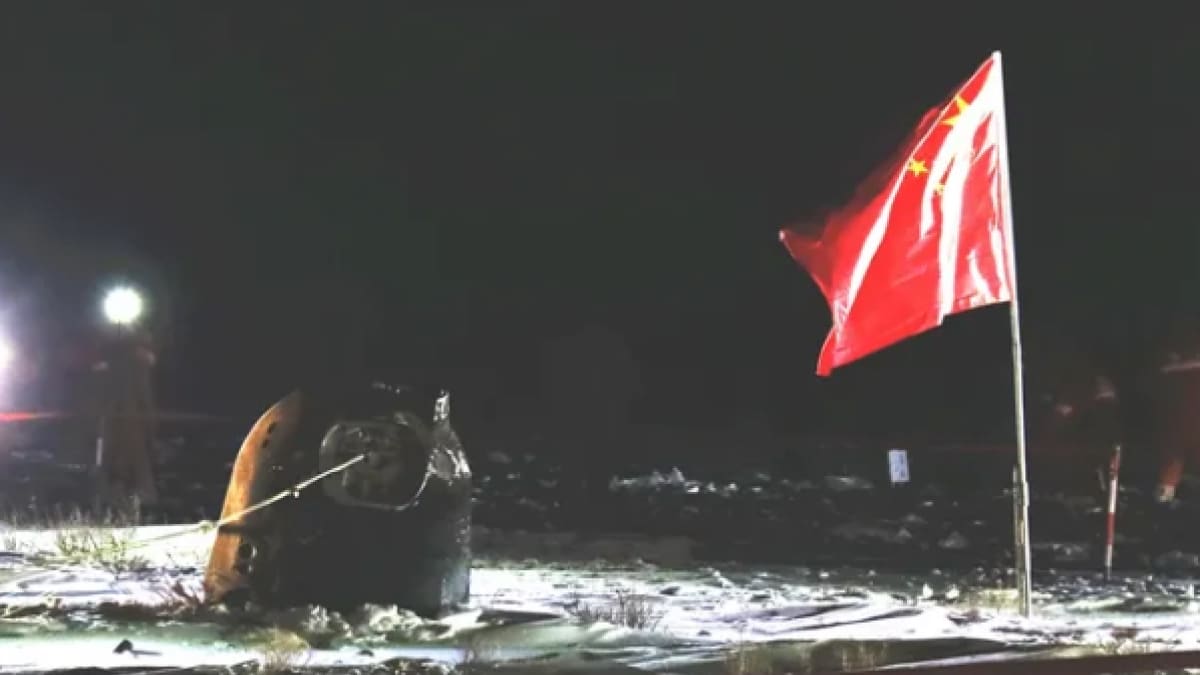The US Coast Guard’s Titan submersible hearing kicked off with a startling revelation.
“I told him I’m not getting in it,” former OceanGate engineering director Tony Nissen said to a panel of Coast Guard investigators, referring to a 2018 conversation in which CEO Stockton Rush allegedly asked Nissen to act as a pilot in an upcoming expedition to the Titanic.
“It’s the operations crew, I don’t trust them,” Nissen told the investigators. “I didn’t trust Stockton either. You can take a look at where we started when I was hired. Nothing I got was the truth.”
Nissen’s testimony, which focused on the design, building, and testing of OceanGate’s first carbon fiber submersible, was a dramatic start to nearly two weeks of public testimony in the US Coast Guard Marine Board of Investigation’s hearings into the fatal June 2023 implosion of the Titan. Its five occupants, including Rush, all likely died instantly.
Before Nissen took the stand, the Coast Guard presented a detailed timeline of OceanGate as a company, the development of the Titan submersible, and its trips to the wreck of the Titanic, resting nearly 3,800 meters down in the north Atlantic. These slides revealed new information, including over 100 instances of equipment failures and incidents on the Titan’s trips in 2021 and 2022. An animated timeline of the final few hours of the Titan also included the final text messages sent by people on the sub. One sent at about 2,400 meters depth read “all good here.” The last message, sent as the sub slowed its descent at nearly 3,400 meters, read “dropped two wts.”
The Coast Guard also confirmed reports that the experimental carbon fiber sub had been stored in an outdoor parking lot in temperatures as low as 1.4 degrees Fahrenheit (–17 Celsius) in the run-up to last year’s Titanic missions. Some engineers worried that water freezing in or near the carbon fiber could expand and cause defects in the material.
Nissen said that almost from when he joined OceanGate in 2016, Rush kept changing the company’s direction. A move to certify the vessel with an independent third party fell by the wayside, as did plans to test more scale models of the Titan’s carbon fiber hull when one failed early under pressure. Rush then downgraded titanium components to save money and time. “It was death by a thousand cuts,” Nissen recalls.
He faced tough questioning about OceanGate’s choice of carbon fiber for a hull and its reliance on a newly developed acoustic monitoring system to provide an early warning of failure. One investigator raised WIRED’s reporting that an outside expert Nissen hired to assess the acoustic system later had misgivings about Rush’s understanding of its limitations.
“Given the time and constraints we had,” Nissen said, “we did all the testing and brought in every expert we could find. We built it like an aircraft.”
Nissen walked the Coast Guard board through deep-water testing in the Bahamas in 2018, during which he says the sub was struck by lightning. Measurements on the Titan’s hull later showed that it was flexing beyond its calculated safety factor. When a pilot subsequently found a crack in the hull, Nissen said, he wouldn’t sign off on another dive. “I killed it,” he testified. “The hull is done.” Nissen was subsequently fired.
Nissen sought to draw a line in the sand between the vessel he worked on and the one that took the fateful voyage to the Titanic. The latter had a replacement hull and a redesigned acoustic monitoring system. “My design was collecting data such that we would prevent a catastrophic failure and ultimately the loss of human life,” he said. “We did that with serial 1. What they did in serial number 2, I don’t know. “
The next witness, Bonnie Carl, worked at OceanGate for less than a year between 2017 and 2018. Carl was hired as a director of human resources and finances and was also training to be a pilot for OceanGate’s submersibles. Carl said that one of the company’s board members, former Coast Guard rear admiral John Lockwood, was brought in for oversight and “to show that we’re talking to the Coast Guard.”
She also echoed Nissen’s testimony that Rush was in complete control of the company: “There might be discussion, but in the end … all decisions were made by Stockon,” she said.
The final witness of the day was an OceanGate contractor and veteran submersible operator, Tym Catterson. Catterson is one of only two witnesses the Coast Guard has called who was among the 42 people aboard the Polar Prince, OceanGate’s support ship, that June. He was operating the floating platform used to transport, launch, and recover the Titan submersible.
The preparations for the Titan’s dive that day went smoothly, said Catterson: “The sun came out, there were no red flags, and it was one of the first times we ever launched on schedule.”
He did have positive things to say about OceanGate’s safety culture, noting that Titan’s predive checklist was longer and more thorough than those used by other submersibles. But Catterson also admitted to contributing to an “uncomfortable” incident on a previous Titan dive, where an incorrectly closed valve caused the sub to tilt, tumbling its passengers together for an hour.
Catterson was able to give only a very spotty account of events following Titan’s loss of communication. He repeatedly referred the board to OceanGate’s operations director Scott Griffith as someone who could provide a more complete account of the dive. Griffiths is not on the Coast Guard’s list of witnesses, nor are any employees of OceanGate’s operations team.
Catterson was there for the recovery of some of the Titan’s wreckage, however. He testified that the inside edge of one titanium ring was sheared off all the way around. One former OceanGate engineer believes this supports the theory that the implosion was allegedly caused by damage to the carbon fiber there, perhaps from freezing water or lifting the sub without using the correct equipment, rather than a failure of the hull from pressure alone.
The hearing continues this week and next.




